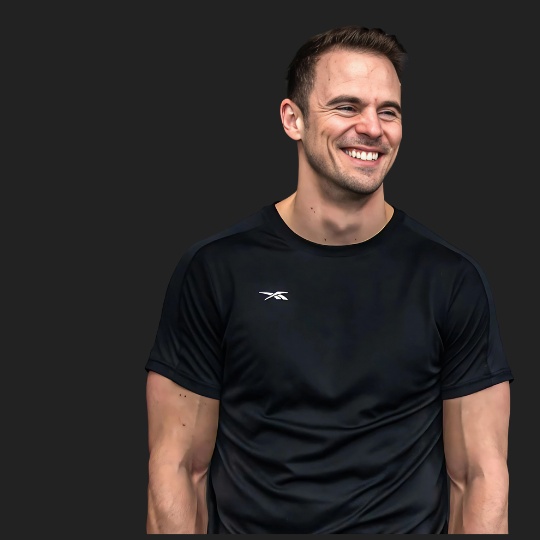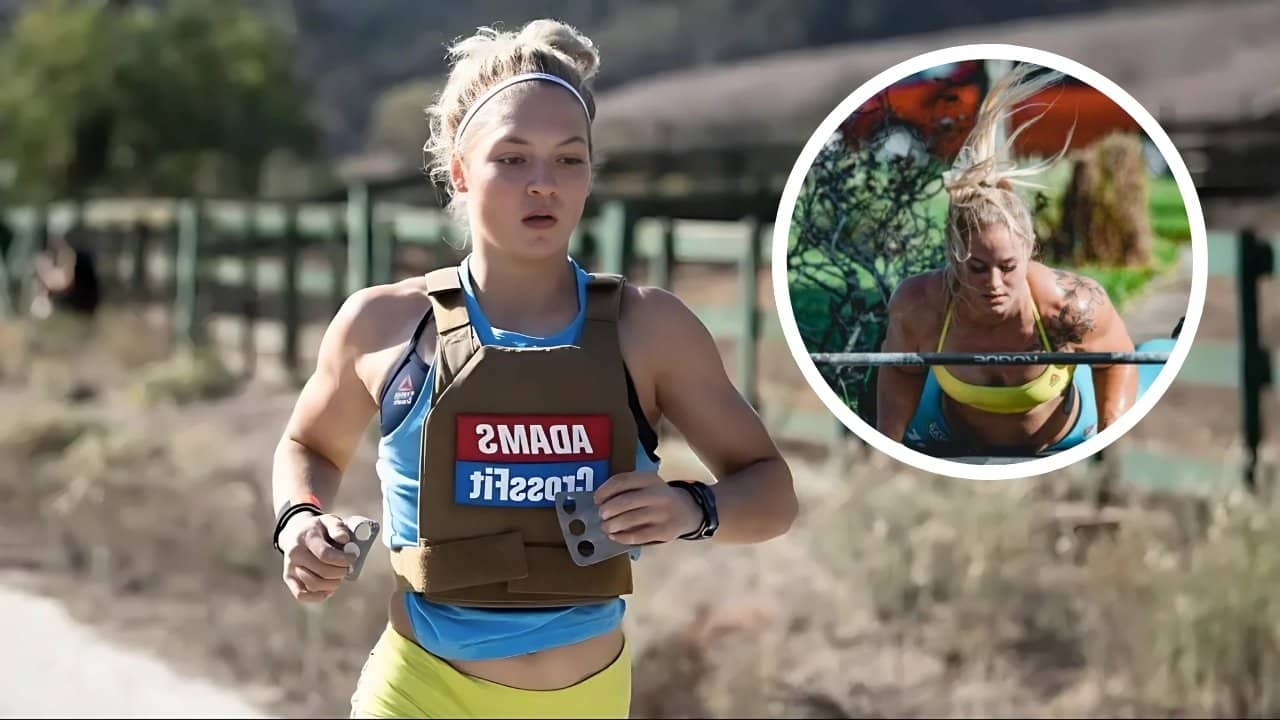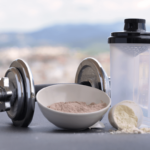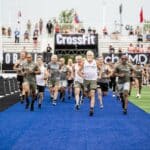Tired of hitting the wall in WODs? Wish you could recover faster and push harder?
Unlocking your aerobic system is the key to next-level CrossFit performance. Get ready to run longer, lift heavier, and crush those metcons.
This guide reveals the best workouts to boost your oxygen-fueled power, along with simple breathing techniques to help you dominate workouts and leave the competition behind.
Workouts to Supercharge Your Aerobic System
- HIIT (High-Intensity Interval Training): Alternate short bursts of all-out effort with brief recovery periods. This could involve sprints, burpees, or jump squats. Repeat for 15-20 minutes. HIIT skyrockets your cardiovascular fitness and helps your body burn fat more efficiently as fuel.
- Tempo Runs: Sustain a comfortably hard running pace, right on the edge of where you’d struggle to maintain a conversation. Hold this pace for approximately 20-40 minutes. Tempo runs dramatically improve your body’s ability to clear lactate, allowing you to work harder for longer.
- LSD (Long Slow Distance): Perfect for active recovery days! Go for a run, bike ride, or swim at a moderate, conversational pace for 60+ minutes. LSD builds cardiovascular endurance and teaches your body to rely on fat for fuel, sparing precious muscle glycogen for when you need it most.
- Fartlek Training: Play with speed and unpredictability! Fartlek means “speed play” in Swedish. Run at an easy pace for a few minutes, then sprint hard for 30 seconds, then jog, then hit another sprint–mix it up. This develops your ability to switch gears and surge, just like you’ll need to in a CrossFit WOD.
- Cycling/Rowing Intervals: On a bike or rowing machine, blast through 2-3 minutes at high intensity, then shift down to a recovery pace for 2-3 minutes. Repeat several times. These offer a low-impact way to build serious aerobic power.
Breathing for Success: Develop Your Diaphragm
Efficient breathing is as important as fitness when it comes to crushing CrossFit workouts. Diaphragmatic breathing improves oxygen intake, reduces fatigue, and helps stabilize your core for safer, stronger lifts. Here’s how to strengthen it:
- Belly Breathing: Lie on your back, one hand on your chest, the other on your belly. Breathe in deeply through your nose, making your belly rise more than your chest. Exhale slowly through pursed lips. Practice for 5-10 minutes daily.
- Balloon Blow-Ups: Hold a balloon to your lips. Inhale deeply, then exhale forcefully into the balloon. Hold and squeeze out any remaining air. This strengthens exhalation and builds diaphragm power.
- “The Book”: Lie down, placing a light book on your belly. Inhale so the book rises, exhale so it falls. Focus on minimizing chest movement, emphasizing your abdomen’s rise and fall.
Beyond the Gym: Tips for 24/7 Aerobic Gains
- Consistency is Key: Aim for 3-5 aerobic sessions per week.
- Progression is Powerful: Gradually increase the duration and intensity of your training.
- Fuel and Recover: Eat a balanced diet and get quality sleep for optimal results.
- Breathe During WODs: Take deep belly breaths before heavy lifts; sync your breathing rhythm to your movements.
- Post-Workout Reset: Practice slow, deep breathing exercises to speed up recovery.
Important Note: Always listen to your body and consult with your doctor before beginning a new exercise program, especially if you have any underlying health conditions.
By combining these workouts with a focus on diaphragmatic breathing, you’ll transform your aerobic capacity, pushing your CrossFit performance to new heights!














